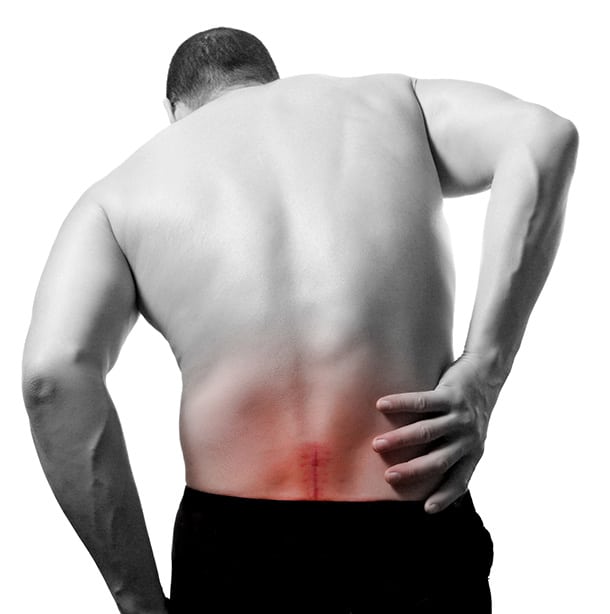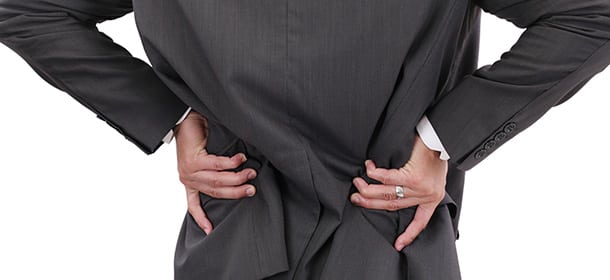Minerals sometimes crystallize in kidneys and form solid deposits referred to as "stones."
Kidney stones can affect all parts of the urinary tract, from the kidneys themselves to the tubes that connect the kidney to the bladder (ureter), and even the bladder itself. These stones sometimes pass spontaneously or with the help of medication.
Other times, symptoms are persistent and serious enough for a urologist to recommend one or more of the following kidney stone procedures.
Ureteroscopy
Smaller kidney stones are often treated with ureteroscopy. It’s an outpatient procedure that uses a flexible scope with a high definition lens. When stones are discovered, a laser is often used to break up the stones, and they may be removed with a small wire basket or allowed to pass spontaneously.
Percutaneous Surgery
Larger stones may be removed with percutaneous surgery, a procedure involving removal of kidney stones through through a keyhole incision in the back. A CT scan is done prior to the procedure to confirm the location of the stone(s). Utilizing special instruments, the large stones are broken into small fragments and are mechanically removed from the kidney. Drainage tubes are sometimes left in the kidney. The fragments may be tested to determine if there’s a link to an infection and to determine its composition.


Laser Lithotripsy
This procedure involves breaking kidney stones apart with a laser. The stones, if fragmented into dust-sized particles, may be allowed to naturally pass out of the body, while the larger ones are removed using a specialized basket. Laser lithotripsy is used both during ureteroscopy and during percutaneous nephrolithotomy.
Extracorporeal Shock Wave Lithotripsy
With shock wave lithotripsy (SWL), strong vibrations called shock waves are used to break up kidney stones so they can pass through the body in urine. Guided by an X-ray or ultrasound, a urologist performs SWL while the patient rests on a water-filled cushion. The shock waves are then passed through the body to break up the stones. A stent may be placed prior to SWL to keep the ureter open and allow the broken pieces to pass through without causing any blockages.
The risk of developing kidney stones in the first place can sometimes be reduced with preventative measures, such as drinking plenty of water (even when you’re not thirsty), maintaining a healthy weight, and avoiding diets excessively high in protein, salt, and sugar. If you have a history of recurring kidney stones, regular urological exams can spot potential problems with the urinary tract that may be contributing to the formation of crystallized deposits.



